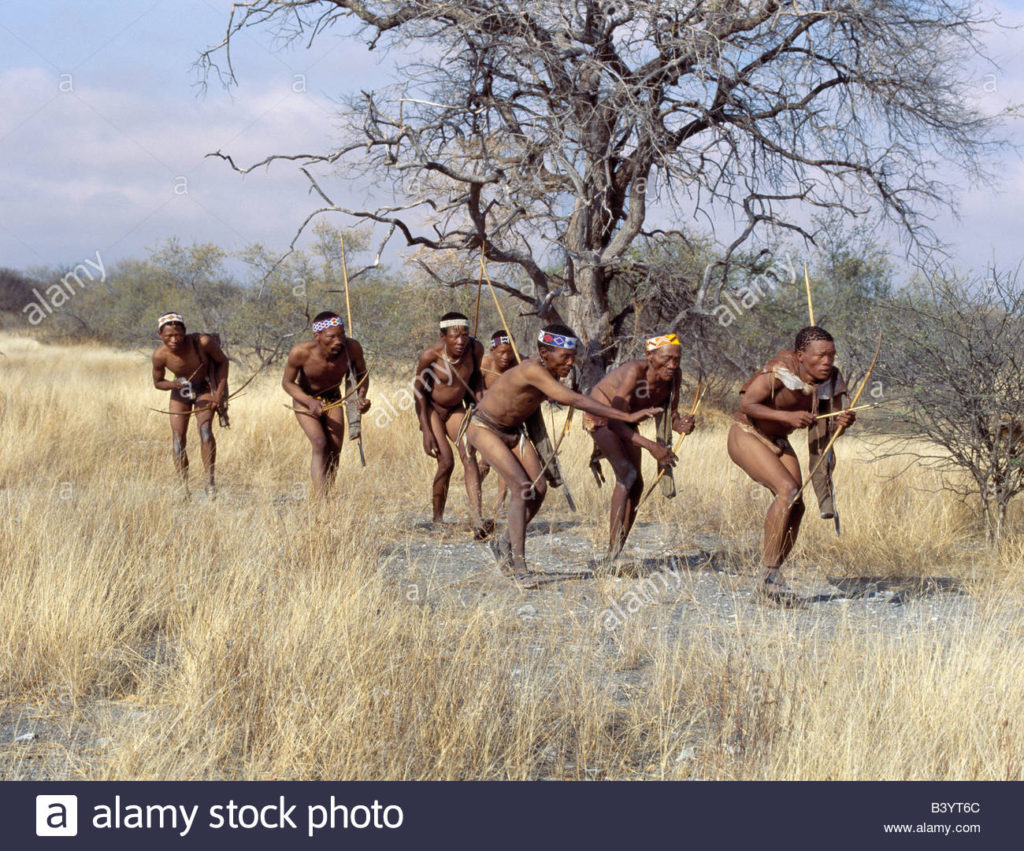A moment of reflection…about selling.
One of the cool things about being a brand planner, probably not unlike being a psychotherapist, is being a student of man. Though I am not looking for maladaptive behaviors as does the psychotherapist I am looking for behaviors. All types. By doing so, I’m always learning. When on the clock, I’m learning about behaviors contributory to commerce in a specific business category, but when off the clock, I’m learning about human nature. Always learning.
I’ve been a painter, a waiter, and ad guy and a couple two tree (sic) other things, but brand planner and constant learner has to be the best. And when you can share what you’ve learned to help people, it’s among the best feelings on earth. The fact that brand planners help sell things shouldn’t minimize the job. When working on a elemental nutrition formula for infants with eating allergies and observing “a mother is never more protective than of an infant in distress,” the goal was helping, not selling. In my presentation “Social media guard rails,” one of the first slides is about this point. Help, don’t sell.
The best brand plans help; the result is selling. Words to plan by. Peace.




